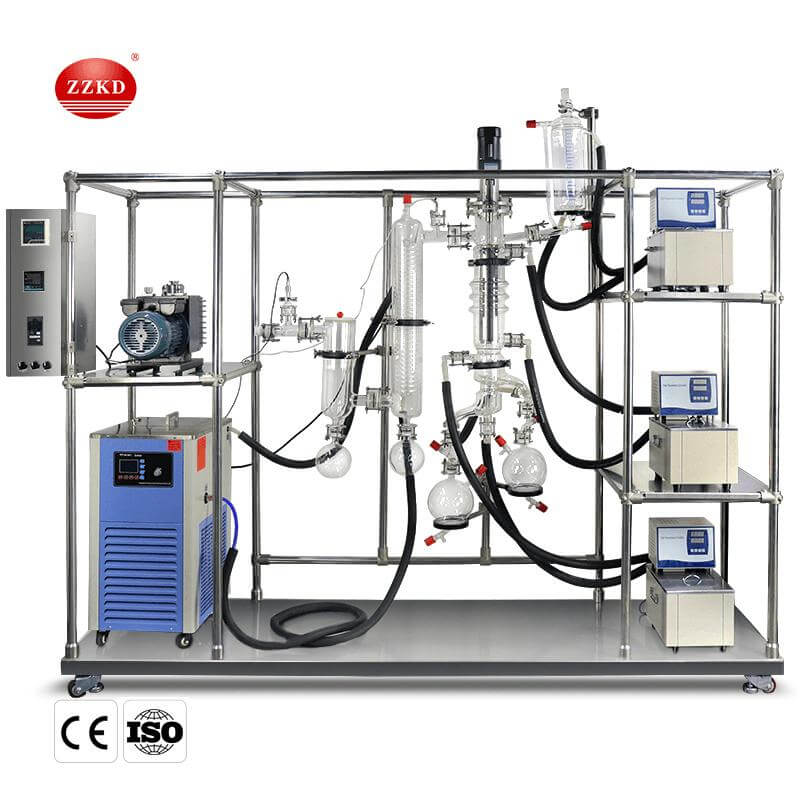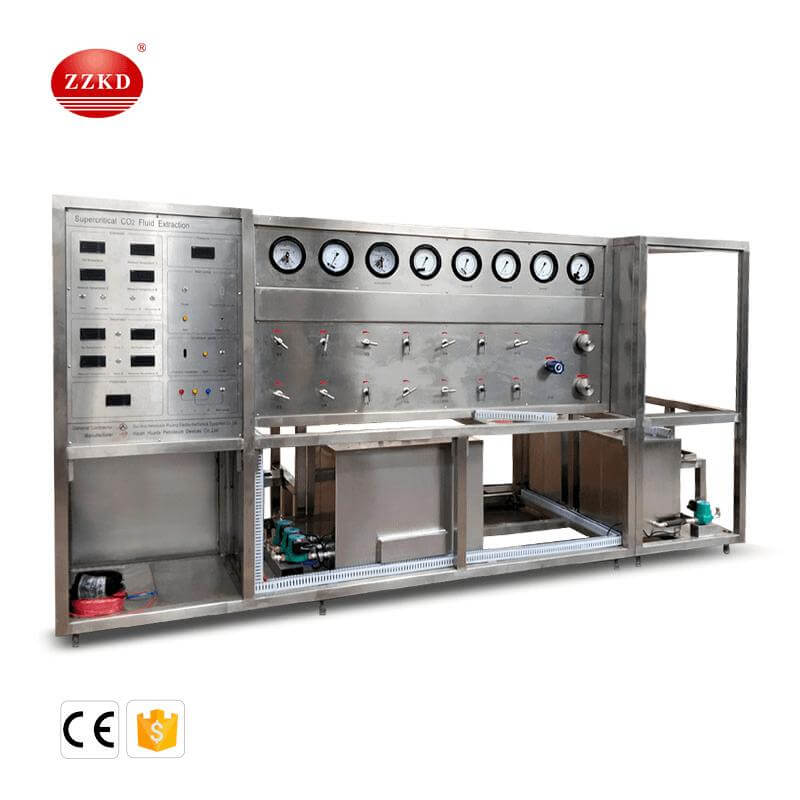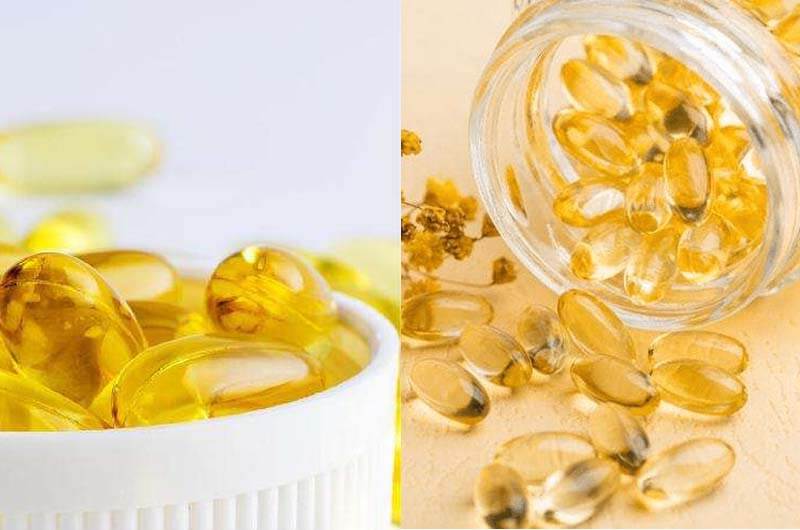Fish oil is an oil extracted from fatty fish, rich in unsaturated fatty acids, a variety of nutrients and vitamins that are beneficial to the human body.
This article describes various methods for extracting fish oil: solvent extraction, supercritical fluid extraction, and molecular distillation. The equipment used are: molecular distillation machine, short-path distillation machine, supercritical extraction machine, solvent recovery machine.
Properties of fish oil
Fish oil is generally an oil made from fatty fish. Its main nutritional feature is that it is rich in omega-3 unsaturated fatty acids, such as DHA and EPA. These two fatty acids, terrestrial animal oil and vegetable oil, are relatively low in content and have anti-inflammatory properties. , regulate blood lipids and other health effects. The main functional components of fish oil are DHA and EPA. DHA is beneficial to the development of the brain and retina of infants and young children. EPA has the functions of regulating blood lipids, mainly reducing triglycerides, and preventing heart disease and hypertension.
How is fish oil extracted?
The principle of fish oil extraction is basically to destroy the structure of oil-containing tissue through various physical and chemical actions, accelerate the thermal movement of oil molecules, reduce its viscosity and surface tension, and separate the oil from the damaged tissue. With the destruction of the emulsified colloid, the oil gradually becomes clear and transparent.
In the prior art, the purification methods of fish oil are mainly divided into cooking method, solvent extraction method, supercritical fluid extraction method, and molecular distillation method.
Solvent Extraction
Solvent extraction method, generally use Soxhlet extraction method: add organic solvent and extract with Soxhlet extractor water bath heating, the obtained liquid is separated to remove moisture and organic solvent to obtain crude oil. The enzymatic hydrolysis method is to soften the fish tissue first, and then add various reagents and enzymes for hydrolysis. The principle is to use protease hydrolysis to destroy the binding relationship between protein and fish oil and release oil.

Molecular Distillation
Molecular distillation technology is a relatively special liquid-liquid separation technology. It was produced in the 1920s. It is a new kind of technology that has gradually emerged with the in-depth research on the theory of gas motion in vacuum and the continuous development of vacuum distillation technology. separation technology.

Molecular distillation, also known as short-path distillation, is a continuous distillation process carried out under high vacuum (pressure of residual gas molecules). The molecular distillation process is different from the traditional distillation process. The traditional distillation is separated at the boiling point temperature. The evaporation and condensation processes are reversible, and the liquid phase and the vapor phase will form an equilibrium state. Molecular distillation is an irreversible distillation process carried out at a temperature far from the atmospheric boiling point of the substance.
Molecular distillation technology is currently required for both synthetic and natural products. First, it is used in the production of cod liver oil, the main functional components of which are vitamin A and vitamin D. Secondly, the use of molecular distillation technology can also extract vitamin E, which is also one of the earlier molecular distillation technologies.
Supercritical Extraction
The technology of action is to contact the supercritical fluid (generally CO) with the substance to be separated in the supercritical state, control the pressure and temperature of the system to selectively extract a component, and then reduce the supercritical fluid by changing the density of the supercritical fluid. The density of the critical fluid. temperature or pressure, separates the extracted material, and recovers the supercritical fluid.

Process flow: sample→ethyl acetate extraction→crude extract→dehydration treatment→concentration→refining→fish oil
Fish oil was extracted from soft-shelled turtles by supercritical CO2 extraction. The experimental results show that the optimal process conditions are: 20MPa, 45℃, CO2, 1.8kg/(H·g) raw material, and extraction time of 6h. Under these conditions, the fish oil yield reaches 98.1%. Oil was extracted from frozen squid seasoning waste using supercritical fluid technology, and the yield was 22%.
Judging from the regional distribution of the global dietary supplements and vitamins market, the Asia-Pacific region is currently the main growth point of the market. In 2022, the market growth rates of sports nutrition, weight management and health care products in the Asia-Pacific region will be about 3% and 3%, respectively. 3.5%, in the future period from 2022 to 2025, its average annual compound growth rate will grow at a rate of 8% and 4.5% respectively, and the market prospect is huge.






